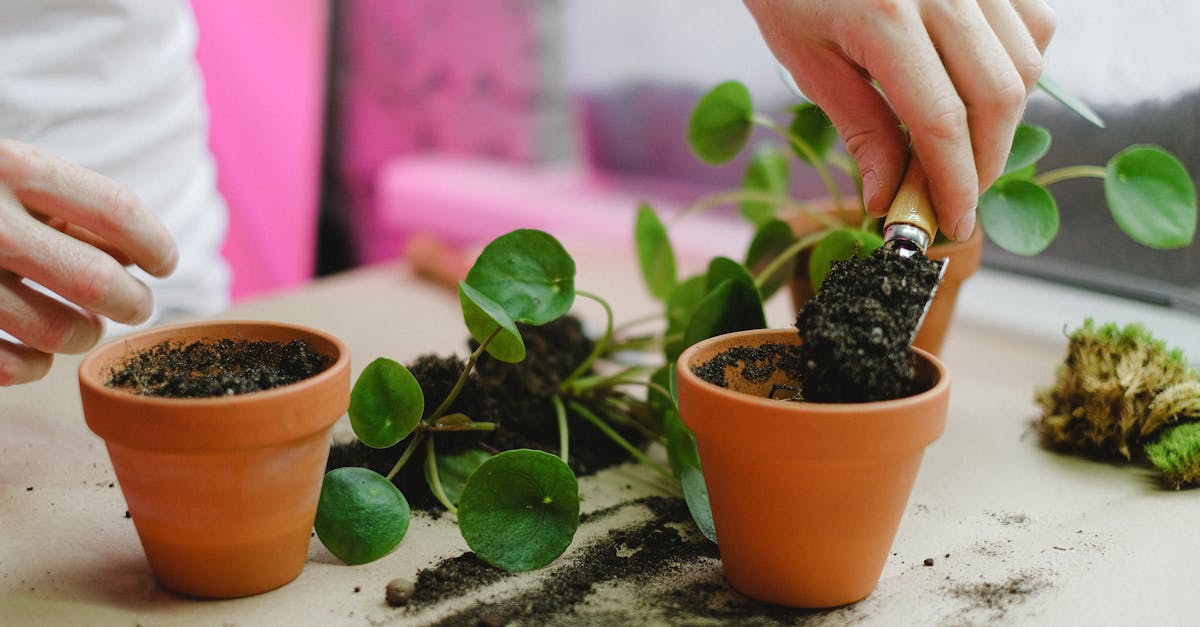Are you wondering how often to repot plants? We’ve got you covered.
Knowing when to repot your leafy friends is critical for their growth and well-being.
In this text, we’ll study into the ins and outs of repotting plants to help you become a green-thumbed expert.
From understanding the signs that your plant needs a new home to mastering the art of repotting without causing stress, we’ll guide you through it all.
Stay tuned for important tips and tricks to keep your plants thriving and happy.
Let’s get our hands dirty and investigate the world of repotting together.
Key Takeaways
- Signs indicating your plant needs repotting include roots escaping from drainage holes, slow growth, and fast water drainage.
- Benefits of repotting plants include providing fresh nutrients, improved drainage, and space for root growth.
- When selecting a new pot, consider size, drainage holes, material, and aesthetics to cater to your plant’s needs and home decor.
- Follow a step-by-step guide when repotting plants, including choosing the right time, preparing the new pot, inspecting and adding soil, and watering thoroughly.
- Common mistakes to avoid during repotting are using the wrong size pot, overwatering, and neglecting proper drainage, which can impact plant health negatively.

Signs Your Plant Needs Repotting
Wondering if your plant is feeling cramped in its current home? Here are a few signs that indicate it might be time for a change:
- Roots coming out of the drainage holes: When we start spotting roots escaping from the bottom of the pot, it’s a clear sign that our plant is outgrowing its current space.
- Slow growth or stunted development: If our plant seems to have hit a growth plateau or isn’t blooming as it should, it may need more room to spread its roots and thrive.
- Water draining too quickly: When water seems to flow right through the pot without being absorbed, it could mean the roots have taken up most of the space, leaving little room for proper hydration.
Need more guidance? Check out these signs of root-bound plants for additional insights on when it’s time for a bigger pot.
Benefits of Repotting Plants
Repotting has benefits, including:
- Fresh Nutrients: New soil means more nutrients for healthy growth.
- Improved Drainage: Prevent waterlogging and root rot.
- Room to Grow: Space for roots means a happier plant.
Repotting boosts plant health and prevents root-bound stress. It’s a key step in long-term plant care.
Interested in the benefits of repotting? Check out this guide on plant care for more insights.

How to Choose the Right Pot
When selecting a new pot for your plants, consider the following:
- Size matters: Choose a pot that is 1-2 inches larger in diameter than the current one.
- Drainage holes: Opt for a pot with drainage holes to prevent waterlogging.
- Material: Select a porous material like clay or terracotta for better aeration.
- Aesthetics: Pick a pot that complements your plant and home decor.
It’s required to find the balance between a pot that suits your plant’s needs and your style. For further guidance on selecting the right pot, check out this guide on choosing plant pots and tips for picking the perfect pot.
Step-by-Step Guide to Repotting
When it’s time to repot your plants, follow our simple steps:
- Choose the Right Time: Check for signs such as roots growing through drainage holes.
- Prepare the New Pot: Select a pot that is slightly larger than the current one.
- Gather Supplies: You’ll need fresh potting mix, a trowel, and gloves.
- Remove the Plant: Gently loosen the roots and lift the plant from its current pot.
- Inspect the Roots: Trim any damaged or rotting roots.
- Add Soil and Plant: Place soil in the new pot, add the plant, and fill the gaps with more soil.
- Water Thoroughly: Give your plant a good drink after repotting.
For a more detailed guide on repotting plants, check out this step-by-step tutorial from Gardening Know How.

Common Mistakes to Avoid
When it comes to repotting plants, there are some common mistakes that we should be aware of to ensure the health and well-being of our green friends:
- Using the Wrong Size Pot: One common mistake is choosing a pot that is either too large or too small for the plant, leading to issues with drainage and root health.
- Overwatering: It’s important to strike the right balance when it comes to watering. Overwatering can drown the roots and cause root rot, impacting the plant’s and so health.
- Neglecting Drainage: Proper drainage is critical for plant health. Without it, excess water can accumulate, leading to root rot and other issues.
After all, avoiding these mistakes can help us maintain healthy and thriving plants in our homes and gardens.
For more plant care tips, check out this helpful guide from The Spruce.
